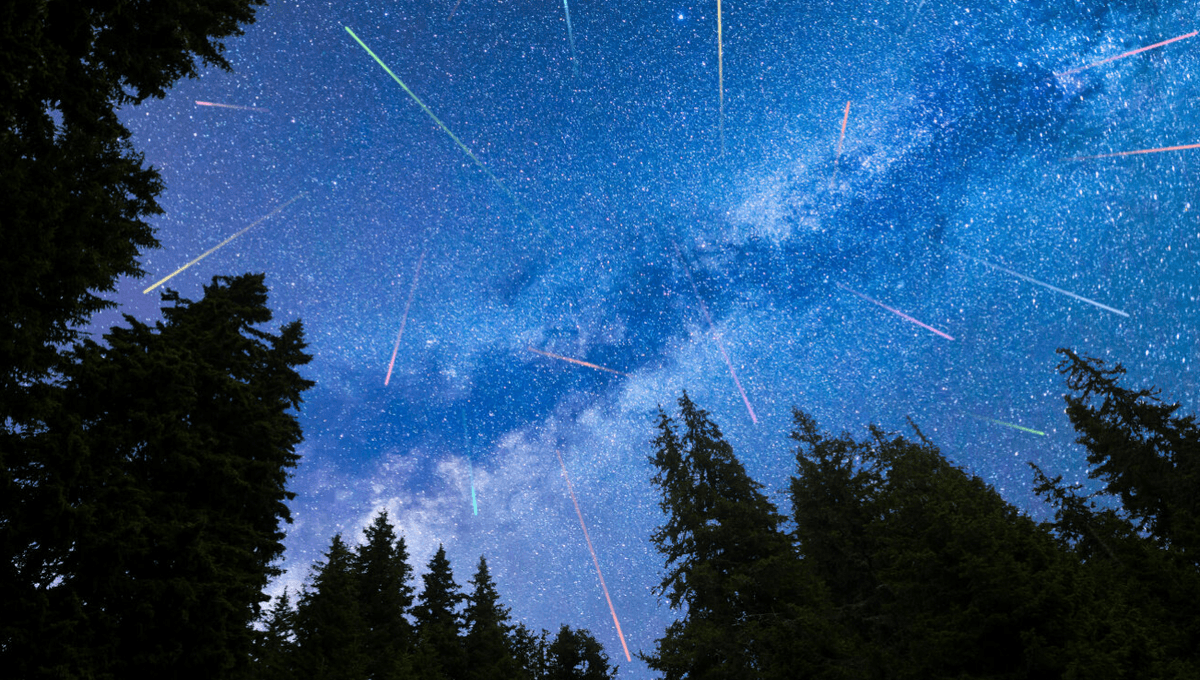
The Geminid Meteor Shower is set to light up the night skies on December 13 and 14. Don’t be put off by the cold weather – this is one of the strongest meteor showers of the year, and the favorable conditions of the moon should ensure they’re perfectly visible.
The Geminid Meteor Shower lasts from November 19 to December 24, but its peak of activity will be on December 13 and 14. Around these dates, there will be a young waxing crescent moon, ensuring the spectacle isn’t drowned out by moonlight.
During a strong year, the Geminid meteor shower can have a peak rate of around 100 meteors per hour. According to NASA, observers in rural areas should expect to see upwards of one meteor per minute this year.
“Most meteors appear to be colorless or white, however the Geminids appear with a greenish hue,” Bill Cooke, head of the Meteoroid Environment Office at NASA’s Marshall Space Flight Center, said in a statement.
“They’re pretty meteors!”
The Geminids are visible from both hemispheres, but people living in our planet’s Northern Hemisphere will have a better chance to see them. As ever, the best way to view the shower will be in a dark place far away from artificial light (that includes phone screens). You should also head outside early and let your eyes acclimatize to the lower light conditions.
In case you can’t catch them in person, there will also be a live stream of the event broadcasted by the Virtual Telescope Project, which you can view in the player above.
When you see a meteor streak across the sky, you are witnessing a tiny bit of space debris crashing into Earth’s atmosphere, releasing energy in its final demise. Sometimes, the object is no bigger than a grain of sand, but it can still produce beautiful, long streaks across the sky.
Most showers are caused by comets – icy balls of space debris – as they orbit past Earth, but the Geminids are caused by an asteroid – typically made of rock. The asteroid in question is 3200 Phaethon, a 5.8 kilometer (3.6 mile) wide space rock whose orbit can travel very close to the Sun. Unlike many asteroids, Phaethon is in a comet-like orbit and releases dust, which makes up the Geminids, possibly due to extreme heating when it orbits near the Sun.
It’s believed that the Geminid shower is intensifying every year, so fingers crossed that 2023’s light show will be another one to remember!
Source Link: It's Prime Conditions To See The Geminid Meteor Shower Sparkle This Week